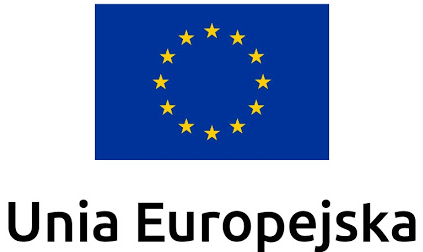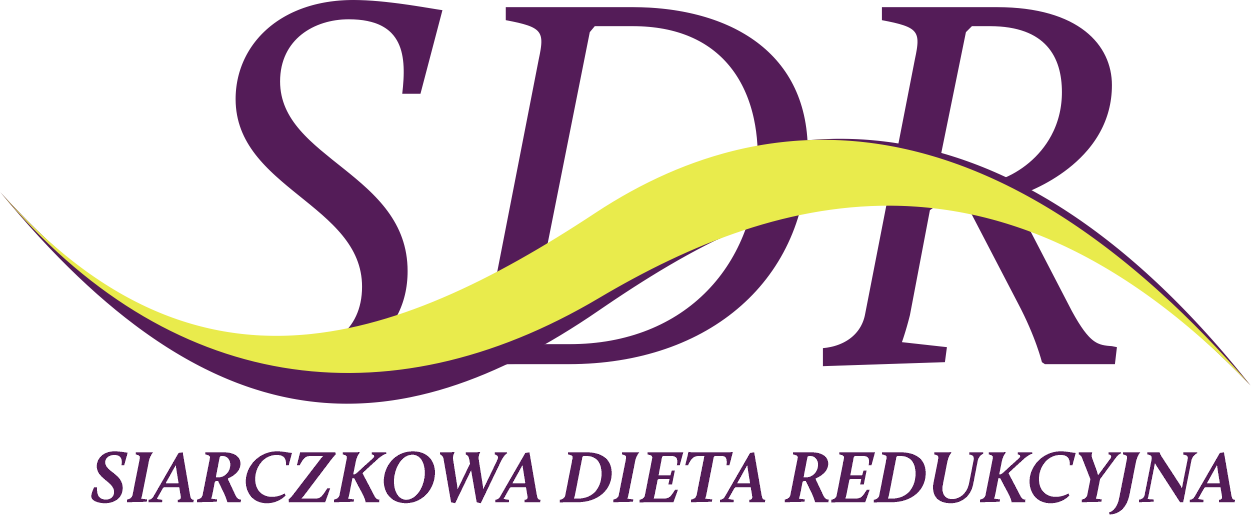
Atopic dermatitis (AD)
Atopic dermatitis (AD)
Atopic dermatitis (AD), also known as atopic eczema, is a chronic, recurrent inflammatory skin disease. It is characterized by itching, redness, dryness, and scaling of the skin. AD is part of the "atopic triad", along with bronchial asthma and allergic rhinitis.
The disease most often begins in early childhood, but can occur at any age. In infants, lesions often appear on the face and extensor parts of the limbs, in older children and adults - in the bends of the elbows, knees, neck and hands. AD has a chronic course with periods of exacerbations and remissions.
The causes of AD are complex and include genetic, immunological, and environmental factors. Patients with AD have a weakened epidermal barrier, which leads to increased susceptibility to irritants and allergens. The disease often coexists with other atopic diseases and can significantly affect the quality of life of patients.
Prevention of atopic dermatitis (AD)
- Regular skin moisturising with emollients.
- Avoid known irritants and allergens.
- Use mild, fragrance-free detergents.
- Avoid overheating and excessive sweating.
- Wear loose, breathable clothing made of natural materials.
- Maintain appropriate indoor air humidity.
- Reduce stress.
- Avoid scratching and rubbing the skin.
- Trim nails regularly.
- In the case of infants - breastfeeding for at least 4-6 months.
- Avoid contact with cigarette smoke.
- A healthy, balanced diet.
Treatment of atopic dermatitis (AD)
AD treatment is comprehensive and requires an individual approach to each patient. The basis of therapy is proper skin care with the use of emollients, which moisturise and lubricate the skin, helping to rebuild its protective barrier. Emollients should be used regularly, even during periods of disease remission. In the case of flare-ups, topical anti-inflammatory drugs are used, mainly glucocorticosteroids or calcineurin inhibitors (e.g. tacrolimus, pimecrolimus). These drugs help control inflammation and relieve itching.
In more severe cases or when topical treatment is insufficient, systemic treatment is used. This may include oral antihistamines (for itching), antibiotics (for secondary bacterial infections) or immunosuppressive drugs (e.g. cyclosporine) in particularly resistant cases. In recent years, biologic drugs such as dupilumab have also been introduced to treat severe forms of AD, which act on specific immunological mechanisms involved in the development of the disease.
An important element of therapy is education of the patient and their family. It includes teaching proper skin care, recognizing and avoiding exacerbating factors, and techniques for dealing with itching. Psychological and psychiatric methods can also be helpful, especially in cases where AD significantly affects the patient's quality of life. Phototherapy, or UV light therapy, can be used as a complementary method in some cases. It is important that the treatment is carried out under the supervision of a specialist and tailored to the individual needs of the patient, taking into account the severity of symptoms, the location of lesions and the impact of the disease on daily functioning.



